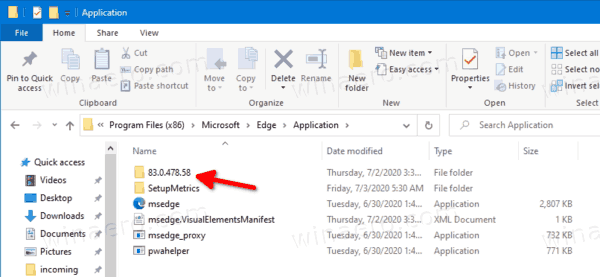

The cache is temporary storage that allows your frequently accessed web pages to load faster. You may not want anyone else to see this history.Ĭache: When you open a web page, it will be stored in the cache. It’s a very risky type of browsing data if you’re using a public computer.īrowsing/Download History: Every site you visit and every file you download is recorded in your Browsing and Download history. This is useful if you plan to return to the site you’re logged in to so you don’t have to type in your username and password countless times. You’re actively logged in to a website even though you’ve navigated to another website. Most people seek to clear their browsing data for one of the first four categories.Īctive Logins: Active Logins are exactly what they sound like.

There are seven categories of files in your browsing history. What is Web Browsing History and Why Should You Delete It?įirst, you should understand the different types of web history as well as the benefits and drawbacks of each.
 How to Automatically Delete Browsing History on Windows 10. How to Manually Clear Browsing History on Windows 10. What is Web Browsing History and Why Should You Delete It?. Native MDM CSP settings don’t exist for the new Edge, so you’ll need to use ADMX-backed settings for that. Follow the documentation on how to download the files and add them to your central group policy store, or at least to a machine’s C:\Windows\PolicyDefinitions folder. Now, there is something that you need to do to get the new Edge policies to show up at all: You need to download the ADMX files, because they don’t exist in Windows 10, even in the latest Insider Preview build (e.g. That gets mapped to “Hide the First-run experience and splash screen” in the Group Policy Editor: You can also do it via Group Policy using the HideFirstRunExperience policy (which didn’t exist in early Edge releases, but it’s certainly there now). (You’ll see most of those in the unattend.xml templates that ship with MDT, at least through the first four.) My preference is to do it from the initial boot by including the setting in the unattend.xml:Īs you can see, that adds to the list of other things that I routinely turn off. The first-run experience there really isn’t necessary:īut it’s easy enough to turn off through various mechanisms. It seems like every time Microsoft adds something that shows up the first time you sign into Windows on a newly-deployed clean OS, you then have to search around for “how do I turn that off.” The new Edge (Chromium-based) is no different (now that it’s preinstalled in the latest Windows 10 release).
How to Automatically Delete Browsing History on Windows 10. How to Manually Clear Browsing History on Windows 10. What is Web Browsing History and Why Should You Delete It?. Native MDM CSP settings don’t exist for the new Edge, so you’ll need to use ADMX-backed settings for that. Follow the documentation on how to download the files and add them to your central group policy store, or at least to a machine’s C:\Windows\PolicyDefinitions folder. Now, there is something that you need to do to get the new Edge policies to show up at all: You need to download the ADMX files, because they don’t exist in Windows 10, even in the latest Insider Preview build (e.g. That gets mapped to “Hide the First-run experience and splash screen” in the Group Policy Editor: You can also do it via Group Policy using the HideFirstRunExperience policy (which didn’t exist in early Edge releases, but it’s certainly there now). (You’ll see most of those in the unattend.xml templates that ship with MDT, at least through the first four.) My preference is to do it from the initial boot by including the setting in the unattend.xml:Īs you can see, that adds to the list of other things that I routinely turn off. The first-run experience there really isn’t necessary:īut it’s easy enough to turn off through various mechanisms. It seems like every time Microsoft adds something that shows up the first time you sign into Windows on a newly-deployed clean OS, you then have to search around for “how do I turn that off.” The new Edge (Chromium-based) is no different (now that it’s preinstalled in the latest Windows 10 release).







 0 kommentar(er)
0 kommentar(er)
